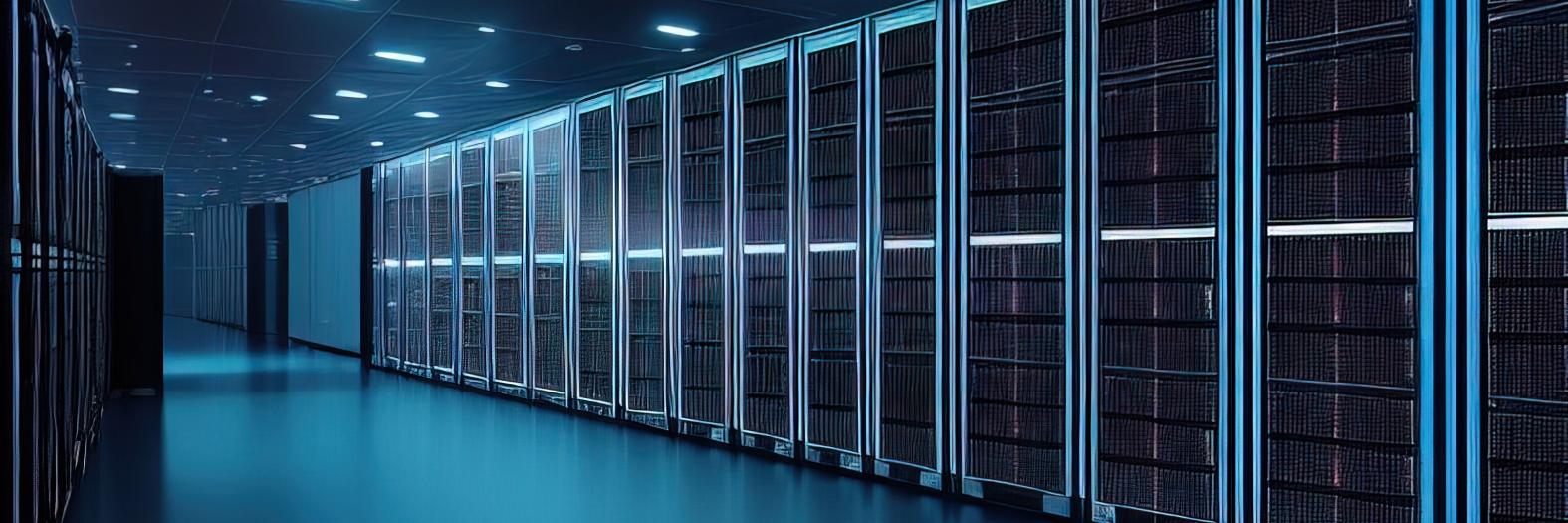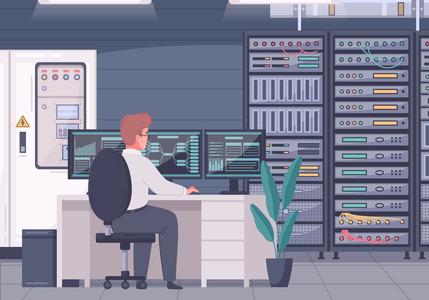Air-cooled Chillers in Data Centers Analysis
Project Concept
In the dynamic landscape of modern business, data-driven decision-making has become paramount. The project seeks to empower key decision-makers and streamline operations by creating data visualization on different aspects of the business. This project is designed to cater to the unique needs of four crucial roles within the company: the Regional Manager, Facility Manager, Technical Support Manager, and Engineering Manager. By providing tailored insights through intuitive and interactive visualizations, the project aims to enhance operational efficiency and drive informed decision-making across various departments.
Data Sources
Data centers generate a lot of heat due to the operation of servers and equipment. Chillers are essential because they regulate temperatures to prevent overheating, ensure equipment performs optimally, and maintain energy efficiency. They also help with humidity control and are crucial for the reliability and scalability of data center operations. In this project, we collect data from six types of sensors across five data centers, monitoring the operations of 28 air-cooled chillers. The data also includes basic information on maintenance-related work orders on the equipment.
Target Users
- Regional Manager, overseeing multiple data centers in the US
- Facility Manager, responsible for chillers or machines in the data centers
- Technical Support Manager, managing the work order request for repair and maintenance.
- Engineering Manager, responsible for designing and implementing sensors for monitoring the machines
What are some tasks they will do with the visualization:
- Performance Monitoring: Users can monitor the performance of each chiller, assessing key metrics such as temperature and pressure.
- Fault Detection: Visualizations can quickly identify anomalies or irregularities in sensor data, signaling potential issues with chiller operations. Users can then investigate further to determine the root causes.
- Trend Analysis: Long-term trends and historical data can be visualized to understand how chiller performance changes over time, enabling better long-term planning and decision-making.
- Comparative Analysis: Users can compare the performance of different chillers, assess which models or locations are the most efficient, and identify areas for improvement.
- Reporting: Users can generate reports summarizing the health and performance of the chiller system for internal or regulatory purposes.











